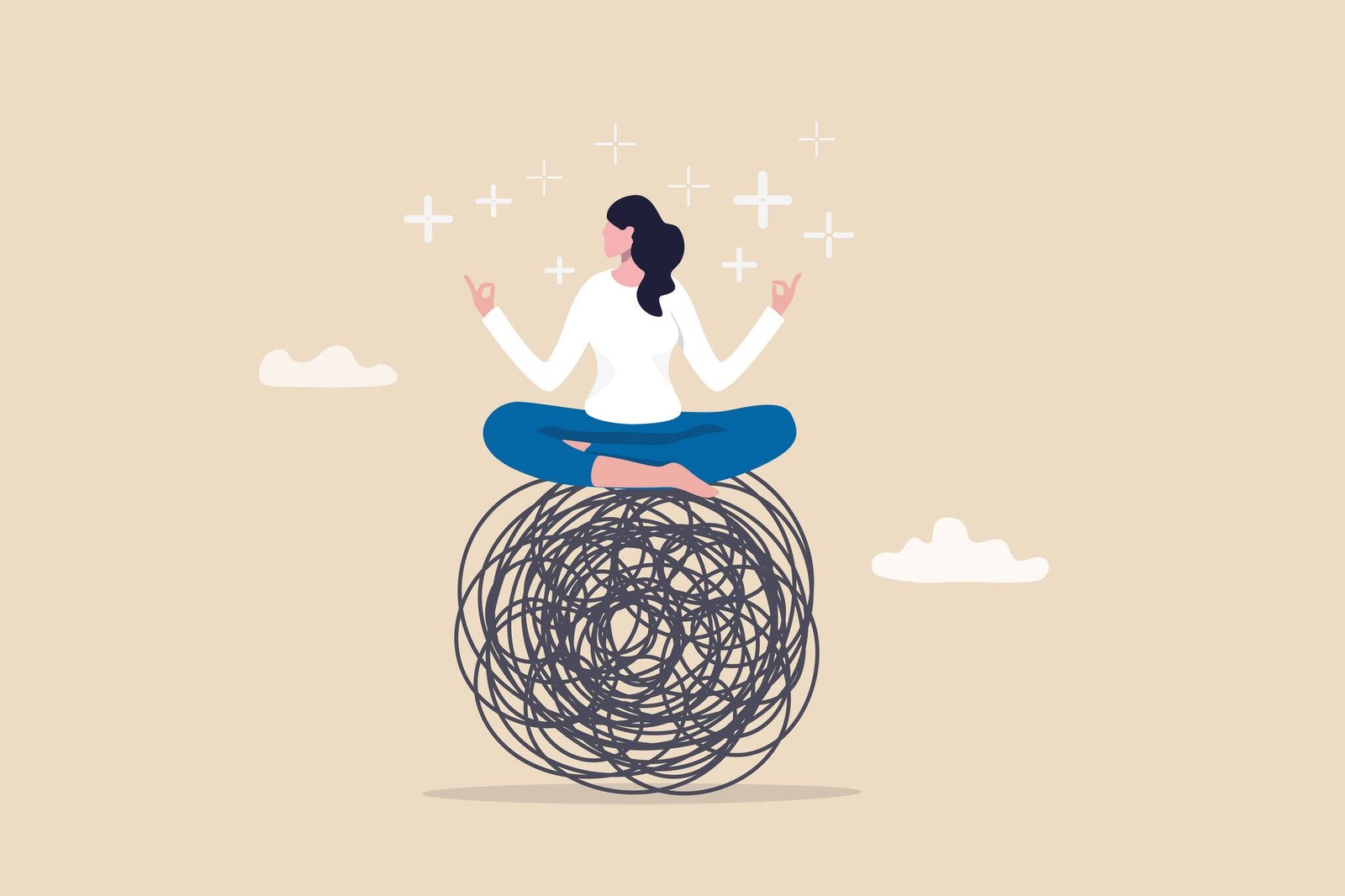Meditation is all the rage these days. Dr. Jon Kabat-Zinn popularized it with his Mindfulness-Based Stress Reduction (MSBR) course in 1979. He adapted various Buddhist meditation techniques for Western students. Today, corporations, health clinics, and hospitals teach the programs to their employees and patients to help them cope with the stresses and strains of modern life.
In the 1960s, The Beatles popularized Transcendental Meditation, which originated in India. For a fee, students are given a Sanskrit mantra, or phrase, to help them stay focused during meditation. TM is still available today, but it’s not as well known as it once was.
I discovered meditation through Aikido, a Japanese mind-body martial art, in 1974. I have been meditating regularly ever since, and I would like to share some of my thoughts on 50 years of meditation.
Establishing a regular routine is hard. This is the hardest part of meditation. Many adults who are interested in meditating learn a meditation technique and practice it a few times, but never seem to make it part of their daily routine. Like many of you, I struggled with this for the first five years. Sometimes I would meditate for a few days, take a few days off, and start again, or sometimes I would take a month off and then start again. My Aikido practice provided a structure that reinforced my regular meditation. But most people don’t have the support to practice meditation.
Meditation teaches us how to shift our attention effectively. In most meditation practices, you focus on your body, especially your breath. You start to think, and when you become aware that you are thinking, bring your attention back to the sensations of your breath — from the sensations to awareness of your thoughts and back again. You are guided to just be aware of what you are thinking, rather than getting lost in the thoughts. Over time, it becomes easier to stay focused on your breath, and your interest in your thoughts will decrease. But at first, you will notice how busy your mind is.
Consistency is more important than length. Most people are asked to start with meditating for 20 minutes once or twice a day. Beginners become restless after just a few minutes. It’s very hard to stay still at first. It’s like thoughts are pouring down your mind like Niagara Falls. Meditating for 5 minutes every day is more effective than meditating for 35 minutes once a week. When you’re ready, you can increase your meditation time.
It takes a long time to realize how meditation changes the mind. When most people meditate, they immediately feel relaxed, which is helpful for stress reduction. But it takes meditators much longer to experience a sense of calm in their daily lives, especially when they find themselves in difficult situations. This takes time, and the experience develops slowly and is not necessarily linear.
It takes longer to notice how meditation changes your behavior. I know something has changed when my wife comments that I am more patient, kind, and gentle. She says, “Your meditation is really helping!” After all, the purpose of meditation is to become the best version of yourself. I joked with a friend that I have another 50 years of practice to get to where I want to be.
Don’t evaluate your practice. Don’t ask yourself, “How did my meditation go today? Did it make me feel better? Did it make me feel worse? Did it help me?” Just do it and forget about it. Some days your meditation will be great, and some days it will be awful. Just like the weather in Washington.
Meditation won’t solve all your problems right away, but with consistent practice you will notice benefits over time.
Paul Schonfeld is a clinical psychologist at the Everett Clinic. For more information, home page.

